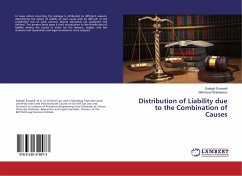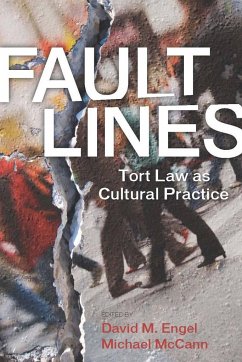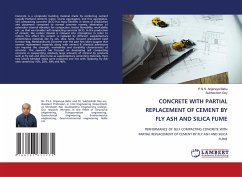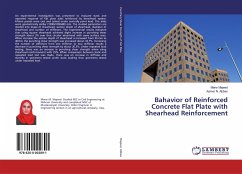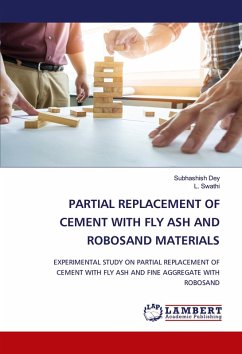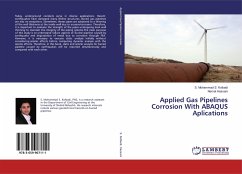
Applied Gas Pipelines Corrosion With ABAQUS Aplications
Versandkostenfrei!
Versandfertig in 6-10 Tagen
37,99 €
inkl. MwSt.

PAYBACK Punkte
19 °P sammeln!
Today, underground conduits serve in diverse applications. Recent earthquakes have damaged many lifeline structures. Buried gas pipelines are also no exceptions. Sometimes, theses pipes are subjected to a thinning of the wall thickness at the inside wall due to erosion/corrosion. Therefore, it is important to evaluate the strength of the pipes undergoing local wall thinning to maintain the integrity of the piping systems.The main purpose of this study is to understand failure aspects of buried pipeline caused by earthquake and degradation of metal due to corrosion through FEA. However, it is n...
Today, underground conduits serve in diverse applications. Recent earthquakes have damaged many lifeline structures. Buried gas pipelines are also no exceptions. Sometimes, theses pipes are subjected to a thinning of the wall thickness at the inside wall due to erosion/corrosion. Therefore, it is important to evaluate the strength of the pipes undergoing local wall thinning to maintain the integrity of the piping systems.The main purpose of this study is to understand failure aspects of buried pipeline caused by earthquake and degradation of metal due to corrosion through FEA. However, it is necessary to execute static analysis initially without considering seismic effects before computing dynamic analysis with the seismic effects. Therefore, in this book, static and seismic analysis for buried pipeline caused by earthquakes will be reported simultaneously and compared with each other.



